Imagine a picturesque park that is easily known as the center of a neighborhood district. A square with lush landscaping, a stage for plays and space for a farmers market. It’s a square that is easily the envy of Hyde Park or Mt. Lookout or Oakley. That was the vision of Westwood Square.
Westwood Square was born out of the month-long city-wide charrette that helped formulate the city’s four form-based code districts. The vision was further refined in the fall of 2012 by community groups Westwood Works, Westwood Civic Association, Westwood Historical Society, Westwood Community Urban Redevelopment Corporation.
As part of the process, citizens, planners and engineers looked at the problems Harrison Avenue had been causing the neighborhood. Serving mostly as a four-lane connector to Cheviot, ideas were floated to design some traffic calming measures for the corridor.
The idea was that Westwood should not be a place for cars to fly through on their way to downtown, but instead a place to be visited and enjoyed.
Through this process, which was championed by then Vice Mayor Roxanne Qualls (D), the team came up with the idea for a central square. By taking a section of Harrison Avenue at the intersections of Epworth and Urweiler Avenues, the square would be constructed to deliberately force vehicles to slow down and turn to navigate around the public gathering space.
City planners found that they could create an opportunity to form a community green space, slow traffic and make the area safer for people walking and biking by implementing such a change.
After MadCap Puppet Theater moved into the old Cincinnati Bell switching station, they cited the plan as one of their main draws to the area. Theater director John Lewandowski spoke about that plan, and the hopes for the neighborhood last year on The UrbanCincy Podcast.
During the 2013 mayoral campaign, Qualls lost to Mayor John Cranley (D), who spoke against the idea of form-based codes during the campaign, and has continued to challenge them ever since.
The recent parks levy announcement from Mayor Cranley and other city leaders included a notable change to the long-held and developed plans for Westwood Square. The adjustments to Harrison Avenue, and creation of the square, are now gone.
Instead, City Hall is now calling for $2 million to renovate the existing green space adjacent to Westwood Town Hall. The new vision will do nothing to slow the traffic at the intersection and appears to make feint aspirations at building the kind of place originally envisioned by the community in 2012.
Such changes were first hinted at during Mayor Cranley’s campaign, and emphasized during his inaugural State of the City address last September.
While specific details for the new plan have yet to be provided, the end result is now expected to be a major departure from the form-based approach that was first laid out.
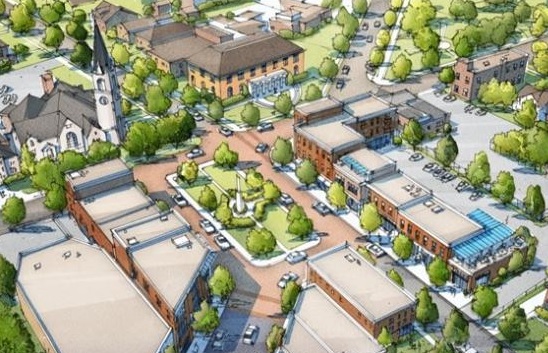

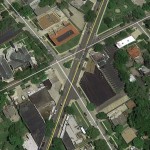
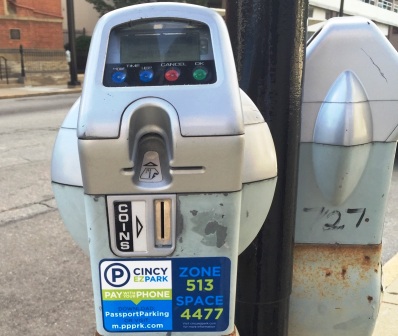
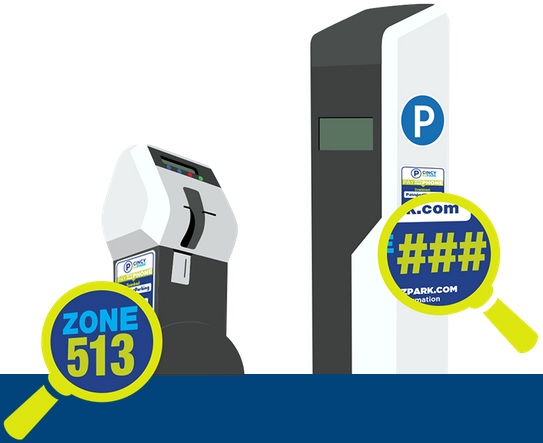


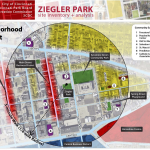

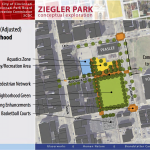
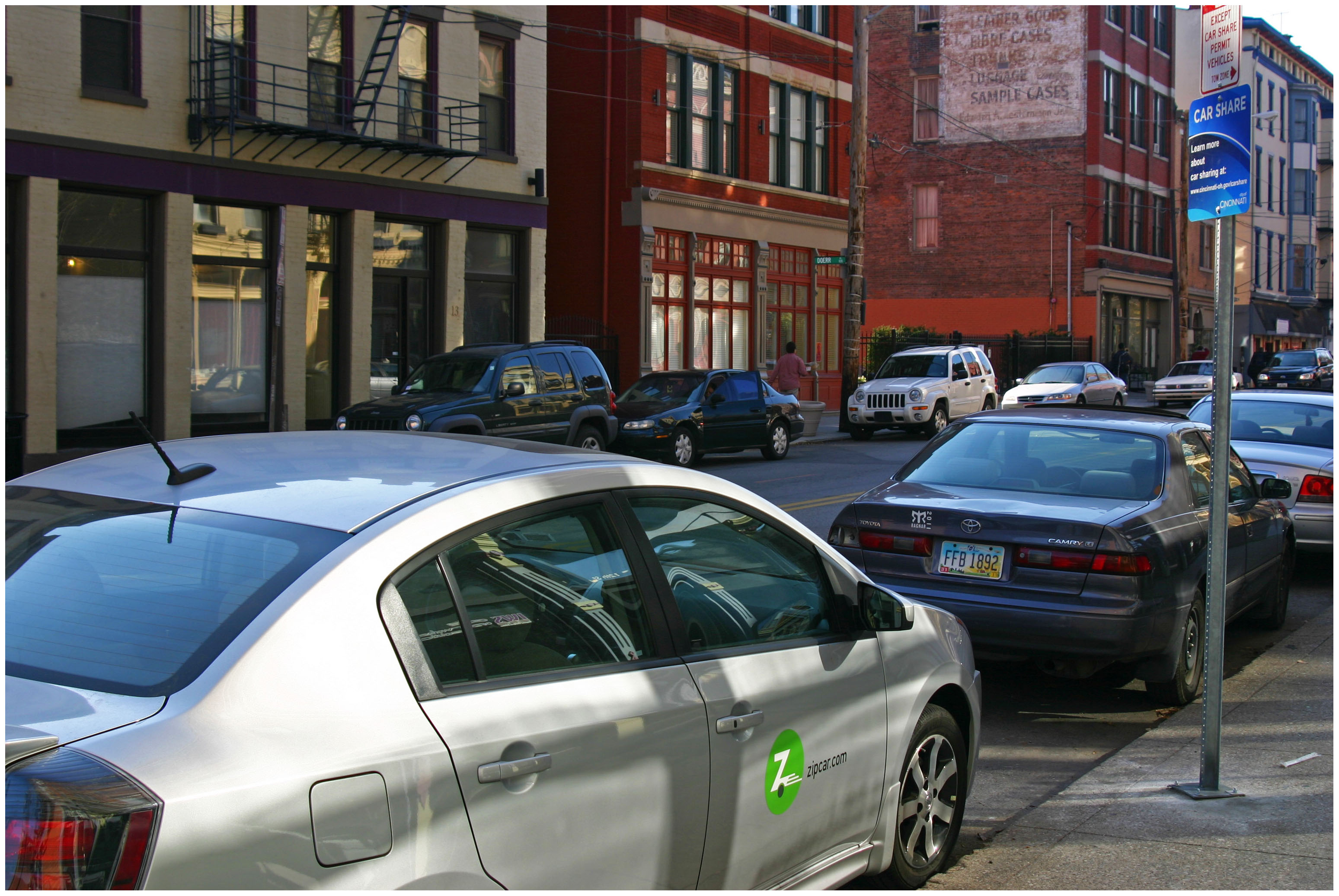
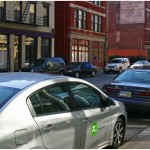
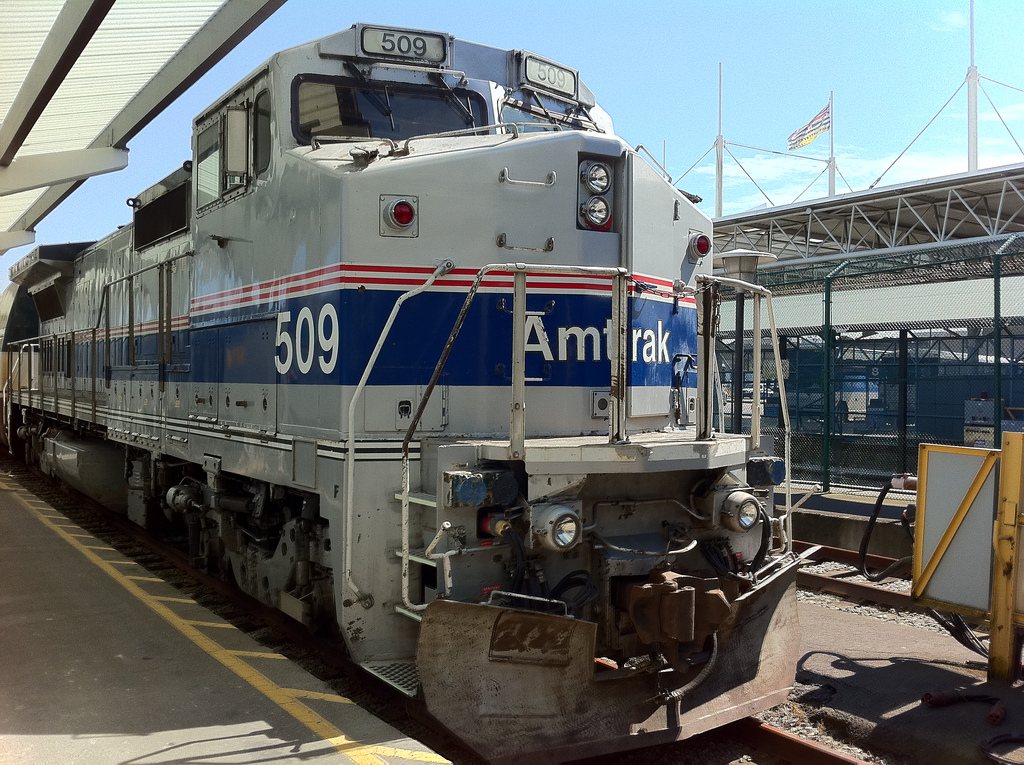
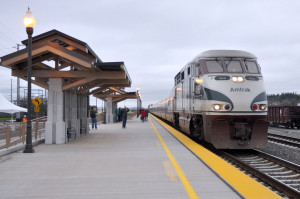 Local and national developments show positive signs for America’s oft-criticized national passenger railroad company, Amtrak. A railroad reform bill introduced in the Senate contains many positive changes for Amtrak and local support continues to grow for increased service on Cincinnati’s tri-weekly train to Indianapolis and Chicago.
Local and national developments show positive signs for America’s oft-criticized national passenger railroad company, Amtrak. A railroad reform bill introduced in the Senate contains many positive changes for Amtrak and local support continues to grow for increased service on Cincinnati’s tri-weekly train to Indianapolis and Chicago.